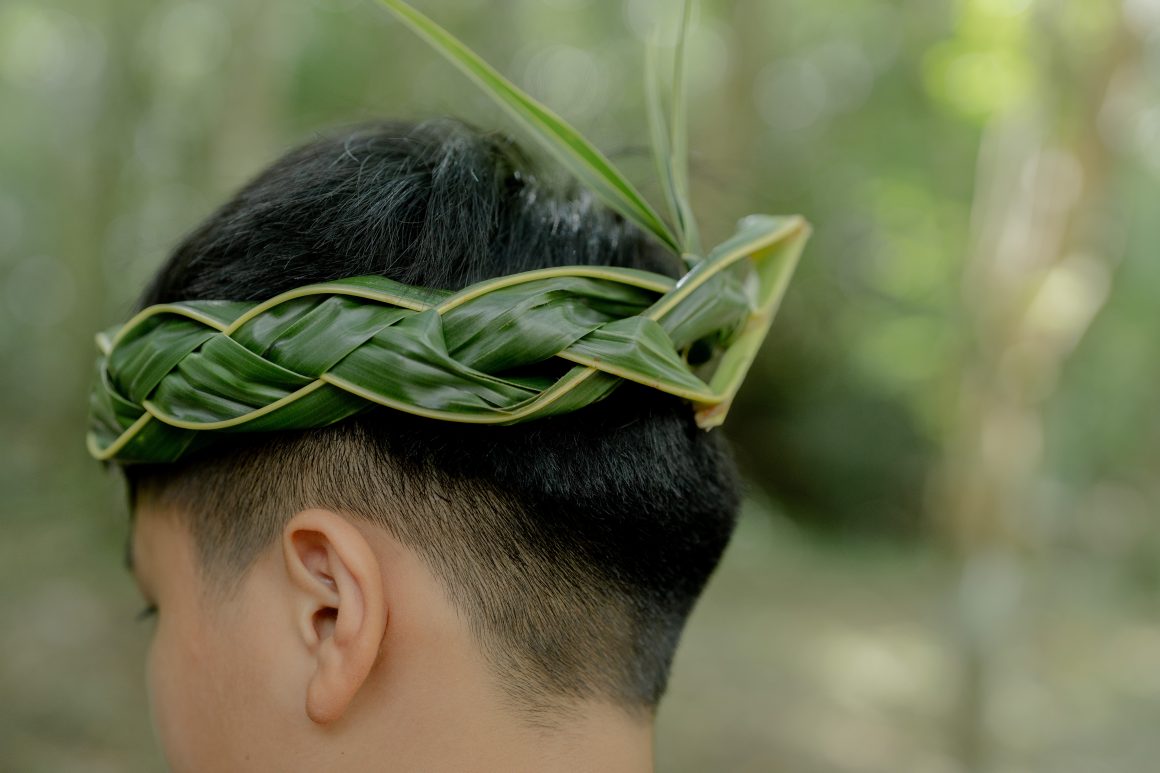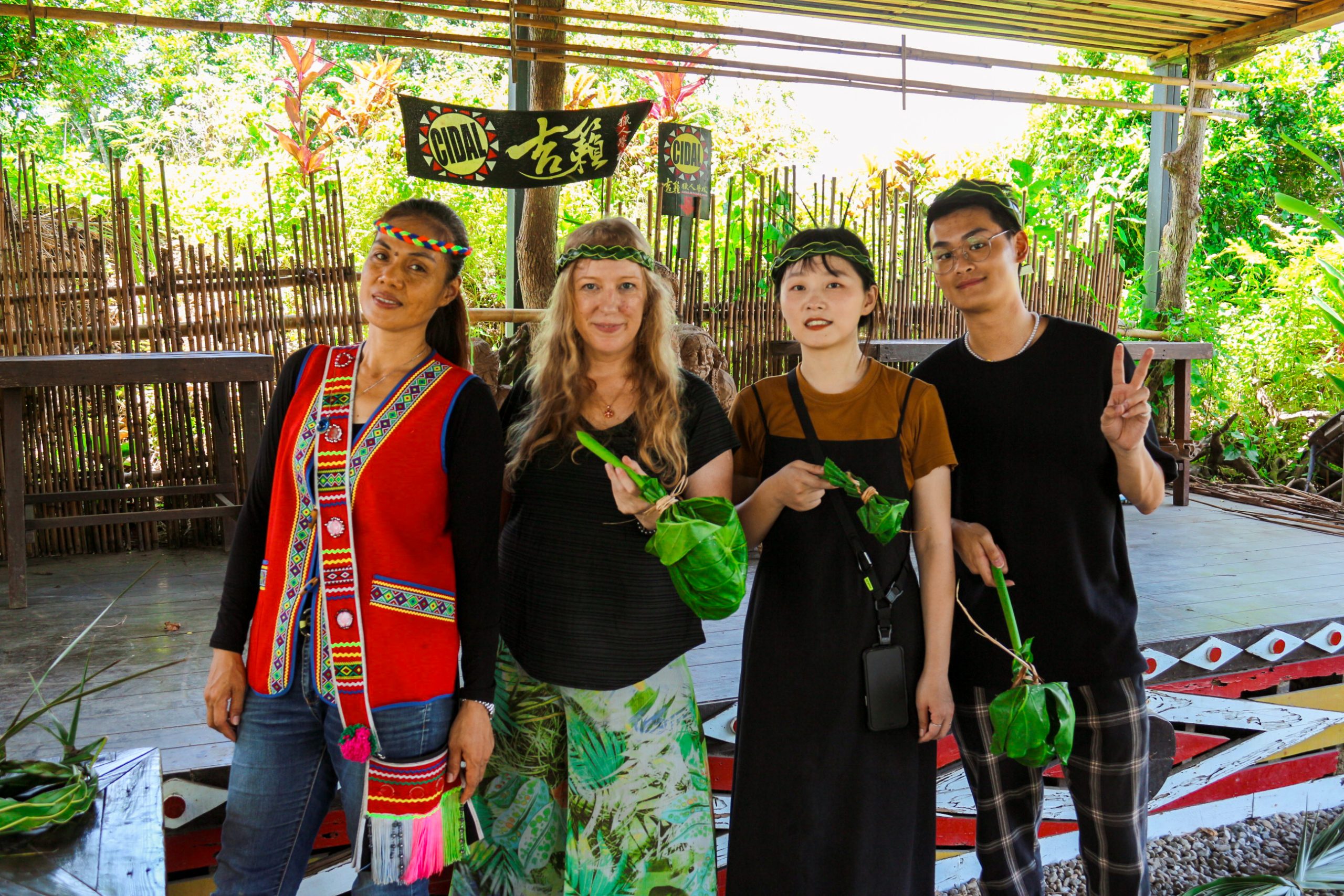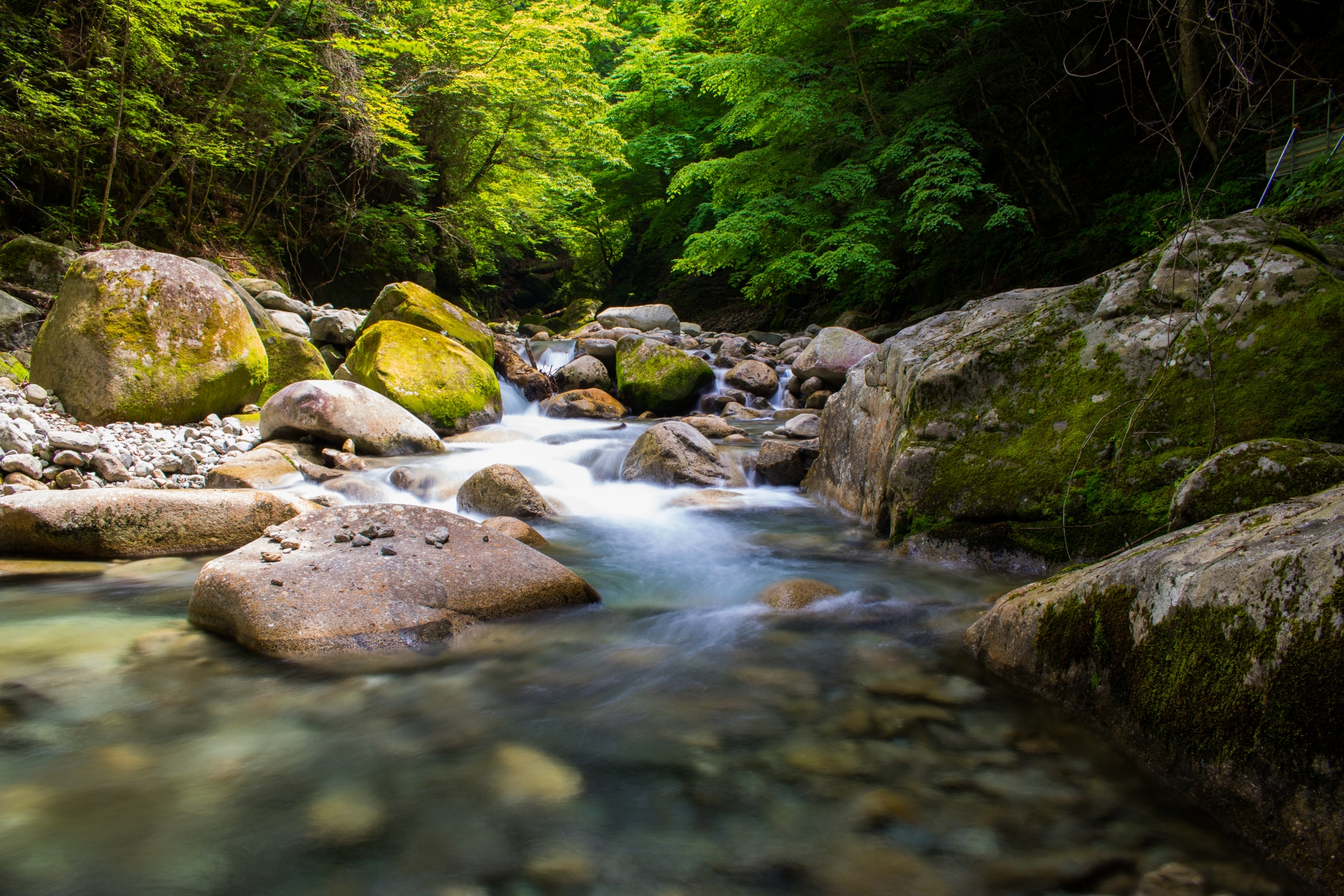Author Cat Thomas
Photographer Jason Chen, Jabez.Inc
The Amis, or Pangcah as they refer to themselves, are the largest of Taiwan’s Indigenous groups. The population is largely concentrated along the east coast and among its mountains, and it was there that we headed with Travel in Sea Style(一烈! 海派過生活) tours to learn a little more about the locals offering education in their culture. Each of the communities we visited go by their original names in the Amis Language. With the lure of learning about hunting, weaving, and herb use we arrived on a hot June day ready to get down with the lessons on offer.
Cidal Hunter School (Ciwidiyan水璉)
Panay met us at Cidal Hunter School(吉籟獵人學校), which is situated in Ciwidiyan village between the sea and the backdrop of the central mountain range. The school stands alongside the road with its colorful archery ranges catching the attention of passersby. The term “Cidal” means “sun” and also symbolizes “mother” in the Amis tribe’s matrilineal society. This name reflects the school’s dual role: embodying vitality and enthusiasm, while also aspiring to safeguard the land and nurture the community, much like a mother’s protective role. As we settled in the cool shade, Panay introduced us to core Amis values: inclusion, solidarity, and protection.

These are represented by the three strands of coconut leaf that visitors are taught to weave into a chaplet. After creating our head wreath, it was time to have a pop at archery in the ‘yoyo ban’ (early learners) range.

Panay explained that hunters must have many strengths and qualities to fulfill their role. While we were perhaps lacking in these (unless enthusiasm counts) with some patient coaching, all of our group managed at least to hit the board, if not score a bullseye.

After a short stroll up to the Cidal Hunter School area and an introduction to some local plants, Panay taught us how to make a water carrier from elephant ear plants, and how to build a simple shelter using bamboo and ties made from a plant-leaf rope. All of these were skills that were easy to pick up and retain, and they give just a glimpse into the rich knowledge that the Pangcah hunters are passing down.

Maogong(Fakong 貓公部落)
Fakong Tribe, situated at the foot of Cilangasan mountain(奇拉雅山;聖山),one of the Sacred Mountains. Our guide, Lakaw, took us on a pleasant stroll around the village, showing us traditional buildings and congregation spaces. She also offered us insights into traditional plant gathering and even a cheeky betelnut.
After an introduction to weaving mats from umbrella plant fibers, it was time to try out our skills on traditional wooden weaving looms. Brightly colored threads hung from each loom, weighed down by bolts. With our precut drink mat sized materials, we were patiently guided in how to adjust the threads to weave umbrella plant to create our coasters.
Klook.comIt was a sweltering day, so the charmingly presented Amis food we were served was exactly what was required. Small mounds of locally grown nuo-mi rice (sticky rice) were served with a platter of Silaw (preserved salted pork) that carried the light taste of the rice wine used in the preservation process. It was an absolute zinger for the taste buds and definitely helped replace the salts lost through the heat.
This was washed down with a cup of local nuo-mi jiu (sticky rice wine). The handmade sticky rice wine crafted by the Amis tribe is a skill passed down through generations, and “wine” also serves as an important medium for the Amis to connect with their ancestral spirits.
Chimei 奇美 (Kiwit)
We went up far away from the sea to the mountain community of Kiwit, set aside the clear green water of the Xiuguluan River(秀姑巒溪) and shadowed by the imposing Daji Mountain(大磯山). Here Solong and his niece Usay took us on a meander around the village, with a bounding puppy in tow, spotting herbs and trees that are used for various purposes in the tribe.

From explanations about the use of specific tree branches to declare intent of matrimony to the herbs used to treat snake bites, the information was fascinating (although, you need to either understand Mandarin or have a translator to hand to get the most of it).
We stood on the bridge high above the river taking in the wider surroundings. We spotted a lone water buffalo peacefully grazing on the bank as we admired the color of the pristine water (a dip would most certainly have been perfect for the weather).
However, it was back to Safotingan (men’s kitchen;男人的廚房)to soak our feet in a steaming bath of water infused with the 14 herbs we had just identified. With a cup of cold Roselle tea in hand and our feet —after careful dipping acclimatization — finally submerged in the herbal foot bath, we enjoyed a relaxing natter with a village elder. As he described bygone days of the arduous trek along the old mountain footpath to the nearest market town, Ruisui, and the accompanying practice of reviving weary feet in an herbal infusion upon returning home, the experience fell into context.
The agreeable afternoon was rounded off with a light meal of fresh wild vegetable dumplings. Although the premise is simple the execution was unusual and the presentation flawless. We each enjoyed six, and each dumpling on our three platters was different, stuffed with various local wild veggies and the herbs we had observed earlier. Notably, only one of the 18 flavors contained pork — the rest were all plant based.

Overall, the trip offered a tantalizing insight into traditions that form the principles of Pangcah life in Taiwan, living in harmony with your surroundings and making the most of the flora and fauna. However, to match the slower pace of village life, it’s probably better to try to spread out the visits over a couple of days. All of the local guides were informative and welcoming, so which appeals will really depend on the makeup of your party. Hands-on kids (and adults!) would probably have the most fun at the Cidal Hunter school and Ciwidiyan village, and the trip from Hualien is a relatively short 24 kilometers. For those preferring less physical activity, Fakong village offers an interesting glimpse into village life and is relatively easy to access. People interested in herbs and their place in Pangcah culture would likely get the most out of the more remote Kiwit community. Throughout the year, there are many cultural experiences to participate in.
If you’re interested in exploring these tribes in Taiwan, don’t miss out!
Klook.com🛒 Amis Hunter Half Day Tour in Hualien
For more details, you can visit the website: https://jacreative.com.tw/travelinseastyle/index-en.php.












